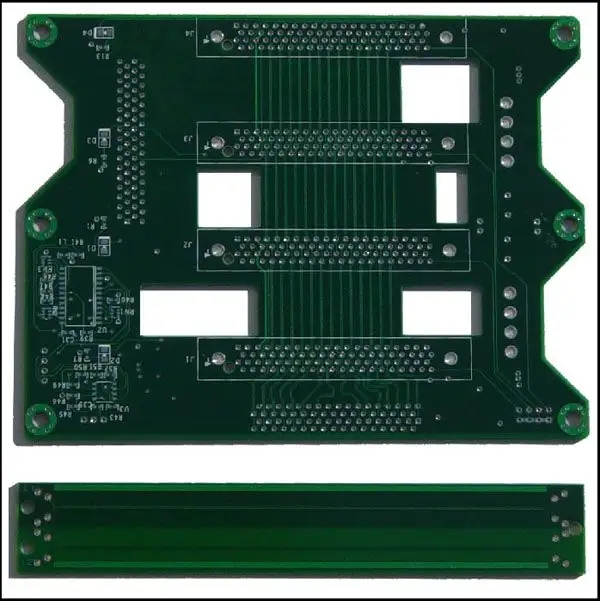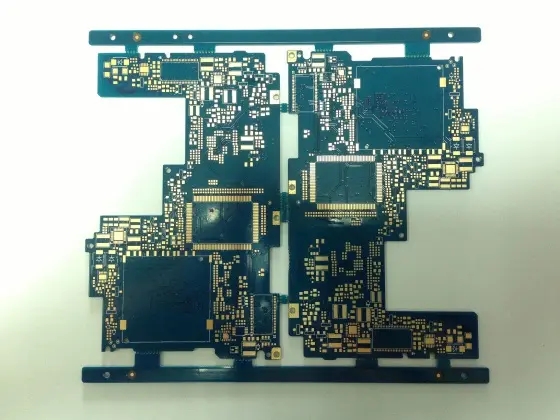
Circuit board factory: precautions for use of solder paste and classifICation of flux
In the whole process of SMT, solder paste plays an important role in the quality and production efficiency of SMT. Therefore, SMT staff must understand some of their performance and learn to use them correctly.
Precautions for storage and use of solder paste:
(1) The arrival time, expiration date and model shall be registered and each can of solder paste shall be numbered. Then it is stored in a refrigerator with constant temperature and humidity at about 2~10 ℃.
(2) When using the solder paste, the principle of first in first out shall be followed. The solder paste shall be taken out of the refrigerator at least 2 hours in advance, and the time, number, user and applied product shall be written down. The solder paste shall be seaLED at room temperature, and the bottle cap shall be opened when the solder paste reaches room temperature. If it is opened at low temperature, it is easy to absorb water vapor, and tin beads are easy to be produced during reflow soldering. Note: Do not place the solder paste beside the air heater and air conditioner to accelerate its temperature rise.

(3) Before the solder paste is unsealed, a centrifugal stirrer must be used to stir the solder paste, so that all components in the solder paste are uniform and the viscosity of the solder paste is reduced. After the solder paste is unsealed, in principle, it should be used up at one time within the same day, and the solder paste beyond the service life should never be used
(4) When the solder paste is placed on the screen for more than 30 minutes and is not used, it should be mixed with a mixer again before use. If the interval is long, put the solder paste back into the tank and put the bottle cap tightly in the refrigerator for refrigeration.
(5) Solder paste shall be installed within 24 hours after printing, and 开云·kaiyun官方网站 solder paste shall be cleaned and printed again after exceeding the time limit.
(6) The optimum temperature for solder paste printing time is 23 ℃± 3 ℃, and the relative humidity is 55 ± 5%. If the humidity is too high, the solder paste is easy to absorb water vapor, resulting in tin beads during reflow soldering.
Flux and its classification
1、 What is flux
The composition of flux is active agent, film-forming agent, wetting agent, thixotropic agent, brightener, flame retardant agent and other various additives. Rosin is only one kind of flux. There are many kinds of fluxes, which can be divided into low activity (R), medium activity (RMA), activity (RA), and extreme activity (RSA). Low activity flux is mainly used for higher level electronic products, which can realize no cleaning; Medium active flux is mainly used for civil electronic products; Active flux is mainly used for components with poor solderability; Extremely active flux is used when the solderability of components is poor or there is iron nickel alloy.
scaling powder
2、 Classification of flux
According to the solubility of residues, it can be divided into organic solvent cleaning type, water cleaning type and non cleaning type.
According to chEMIcal composition, it can be divided into rosin flux, synthetic flux and organic flux. Rosin flux is the most commonly used flux, the main component is rosin acid; The main component of synthetic flux is synthetic resin, which can be prepared into different types according to different uses. It is mainly used for wave soldering. The use of a flux composed of synthetic flux and rosin flux can solve the problem of solder scrubbing in the double wave soldering process; Organic flux is soluble in water and belongs to corrosive flux. It must be removed from the component after welding.
开云·kaiyun官方网站 manufacturers, 开云·kaiyun官方网站 designers and 开云·kaiyun官方网站A manufacturers will explain the precautions for the use of solder paste and the classification of flux.
然后
联系
电话热线
13410863085Q Q

微信

- 邮箱











